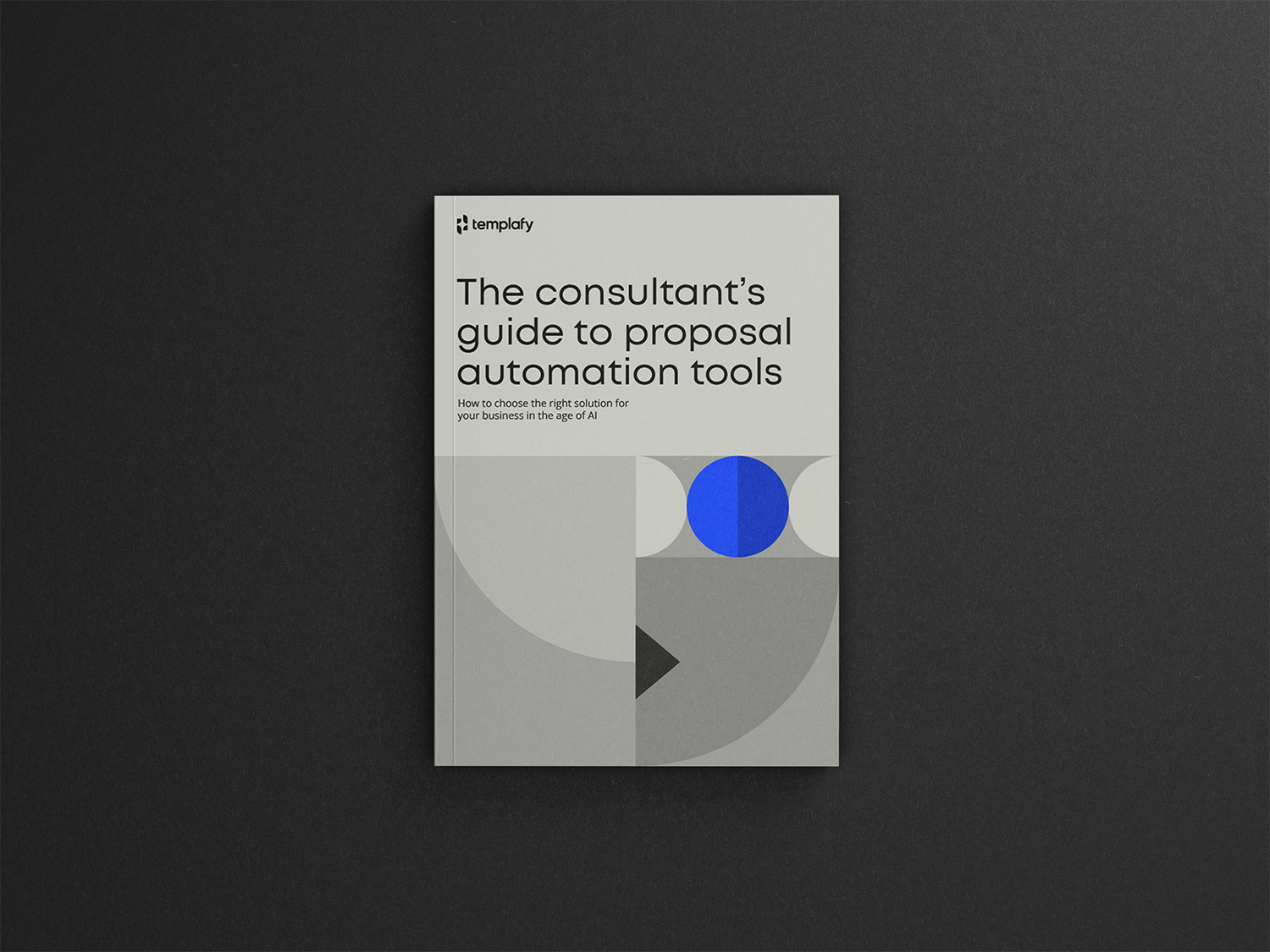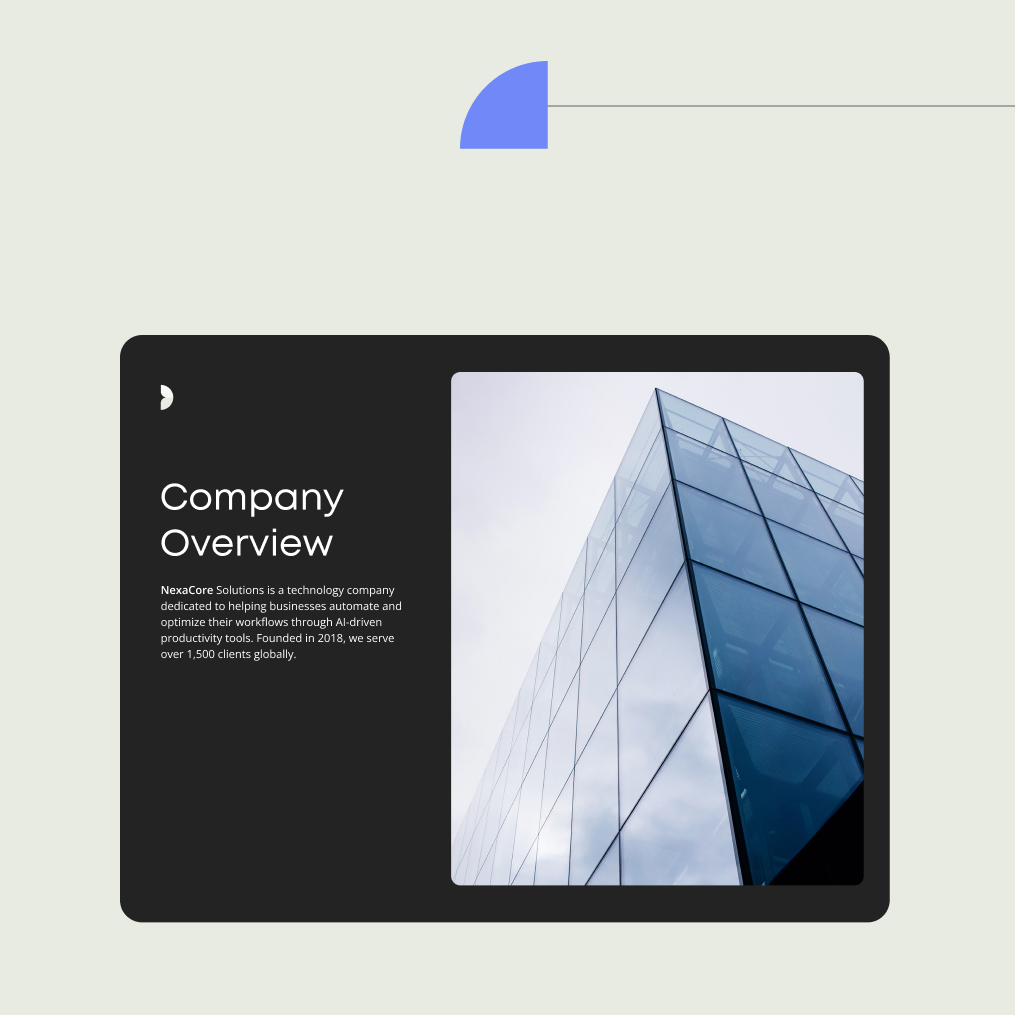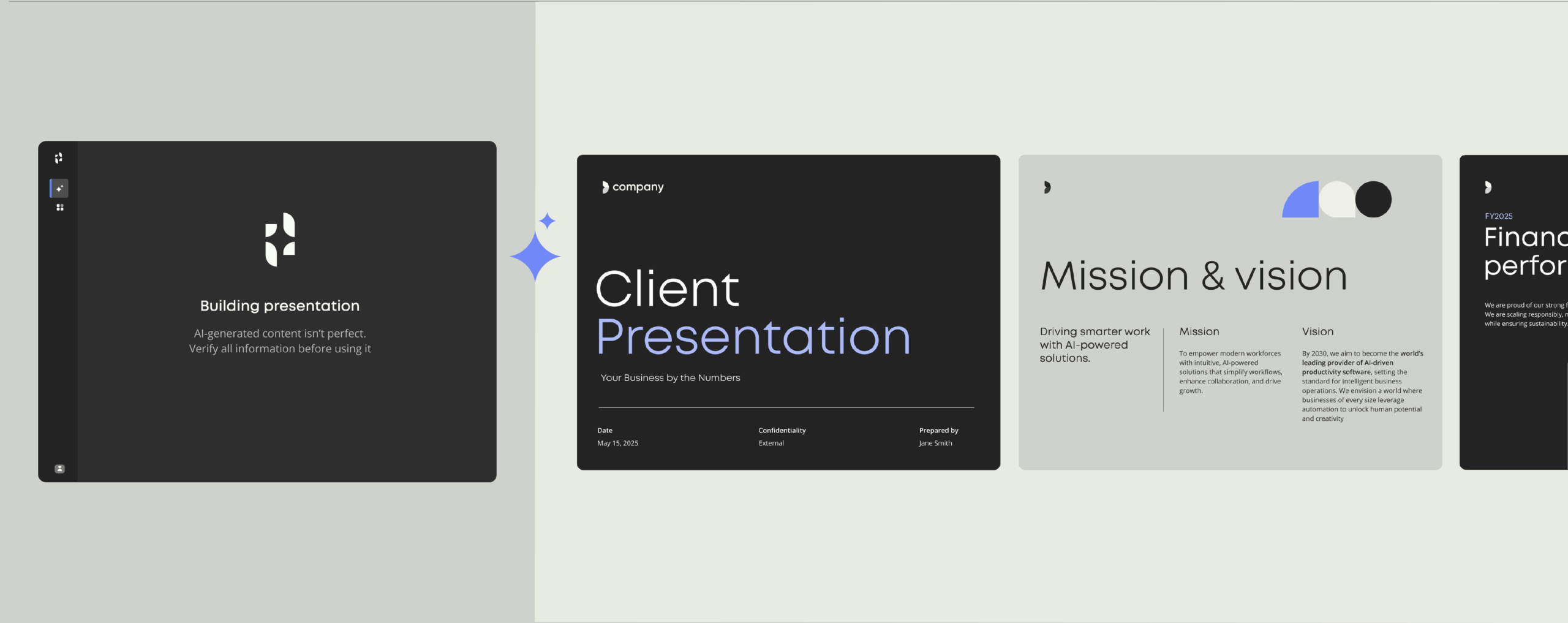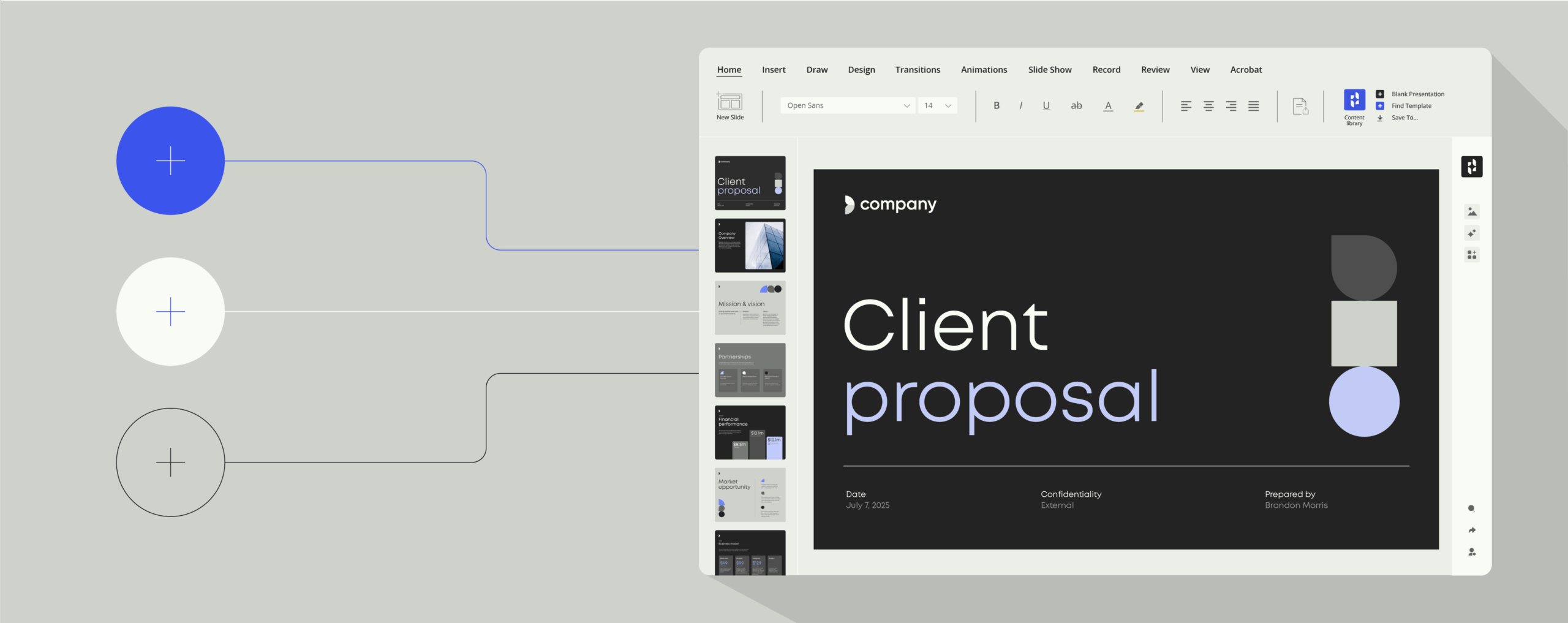Mortgage document automation, explained

How AI-powered workflows help lenders move faster, stay compliant, and keep borrowers happy.
If there’s one thing mortgage lending doesn’t need more of, it’s paperwork.
Today’s borrowers expect a fast, digital process. Nearly 49% of homebuyers now prefer self-service portals over phone calls or in-person visits, and lenders are turning to new technologies to fill in the gaps.
In fact, 90% of lenders believe technology can improve the mortgage application process, with top benefits including simplified workflows (74%), shorter time to close (70%), and less manual data entry (67%).
Still, for many institutions, document handling remains one of the biggest bottlenecks. From intake to closing, teams are bogged down by repetitive tasks, disconnected tools, and strict requirements for accuracy and compliance.
That’s where mortgage document automation makes a difference.
We’ll explore how automation works across the lending lifecycle and how AI-powered tools like Templafy help lenders move faster, reduce errors, and stay fully compliant. Whether you’re modernizing legacy systems or establishing new workflows, automation is the key for a smarter, more scalable way to work.
What is mortgage document automation?
Mortgage document automation is the use of AI-powered software to create, process, and distribute loan-related documents more efficiently. Instead of relying on manual work to handle loan applications, disclosures, underwriting files, and closing documents, lenders can automate these tasks with technology that integrates directly into their existing systems.
Also known as mortgage banking document automation, this approach streamlines how documents are generated, verified, routed, and stored throughout the mortgage lifecycle. It reduces the need for repetitive data entry, helps maintain compliance, and gives borrowers a faster, more seamless experience.
Borrowers expect speed, clarity, and digital convenience. They don’t want to print forms, wait days for updates, or wonder if their documents are secure. Automation helps lenders meet these rising expectations by eliminating bottlenecks and providing real-time updates throughout the loan process.
At the same time, regulatory demands are growing more complex. Every document must be accurate, complete, and audit-ready. Mortgage document automation ensures that the right templates, language, and approval steps are always followed for every loan type and in every jurisdiction.
Finally, traditional lenders face fierce competition from digital-first players who have built efficient, tech-driven workflows from the ground up. To stay competitive, banks and credit unions need to modernize their document processes without sacrificing security or control.
Where automation fits in the mortgage process
Work smarter with automation
Discover new ways to save time and reduce errors with document automation. See how teams use smart tools to work faster.
The mortgage journey is packed with document-heavy steps. Automation supports every stage, helping lenders work faster, reduce errors, and deliver a better experience from end to end.
Pre-qualification and application
The mortgage process begins with a mountain of paperwork. Using borrower data from online forms or integrated systems, lenders can auto-generate application documents, saving time and reducing manual entry errors. Intelligent intake tools can also request the right documents based on borrower profiles, such as income type, property location, or loan size, making sure nothing is missing before the process moves forward.
Disclosures and regulatory documents
Regulations like RESPA and TILA require timely and accurate disclosures, and there’s no room for error. With automation, lenders can generate all necessary documents automatically, using approved templates that pull the latest legal language and calculate required fields like APR and fee breakdowns. This reduces compliance risk while keeping workflows moving, especially during high-volume periods.
Closing and post-close packages
Assembling closing packages can be time-consuming, especially when details vary by loan type, borrower, or jurisdiction. Automation streamlines the document assembly process. AI-powered systems can compile the right documents, pre-fill key clauses, insert the correct annexes, and ensure signatures are applied where needed. The result is faster closings, fewer last-minute errors, and a smoother experience for both lenders and borrowers.
Customer communication and document delivery
Automation also improves how lenders communicate with borrowers. Instead of manually writing emails or generating status updates, systems can automatically send branded communications at key points in the process. Final documents can be handed off to client portals or CRM systems, making it easy for borrowers to access what they need and for teams to stay organized.
How AI improves mortgage document handling
The mortgage process involves dozens of documents, hundreds of data points, and strict compliance requirements. From intake to closing, here’s how AI-powered automation transforms the process and boosts results across your lending workflow.
| Mortgage task | What AI does | Benefits |
|---|---|---|
| Document intake and classification | Recognizes, tags, and routes documents based on content | Speeds up processing; reduces manual sorting errors |
| Data entry and validation | Extracts structured data from unstructured sources like PDFs and images | Reduces human error; ensures consistency across systems |
| Document generation | Auto-fills templates with up-to-date borrower and loan data | Cuts turnaround time from hours to minutes; ensures accuracy |
| Clause and template selection | Inserts the correct legal language based on loan type and jurisdiction | Improves compliance; reduces risk of outdated or incorrect language |
| Disclosure and compliance review | Flags missing fields, signatures, or mismatched data | Ensures audit-readiness and regulatory compliance |
| Closing package assembly | Assembles final documents with pre-filled fields, annexes, and signature blocks | Reduces delays; standardizes outputs across borrowers |
| Customer communications | Generates branded emails and document updates automatically | Creates a smoother, more professional borrower experience |
What to look for in mortgage document automation software
Not all automation tools are created equal. For lenders, the right mortgage document automation software should fit into existing workflows, support compliance, and scale with your business. Here are three essential capabilities to look for.
Integration with LOS and core systems
Mortgage automation software should connect seamlessly with the platforms your team already uses like Encompass, ICE Mortgage Tech, Salesforce, or SharePoint. Deep integration ensures that borrower data flows smoothly from one step to the next, documents are generated without duplicate entry, and all updates stay in sync. This not only saves time but also reduces the risk of errors or data mismatches.
Template and clause management capabilities
Loan documents need to reflect your brand, meet legal standards, and adapt to different jurisdictions. Look for software that includes robust template and clause libraries, with automation to insert the correct language based on loan type, geography, or borrower profile. This helps ensure consistency, accuracy, and compliance while freeing up time for legal and operations teams.
Access controls and security
Mortgage files contain highly sensitive information. Your automation software should support strict role-based permissions, ensuring only the right people can access, edit, or approve documents. Built-in audit trails and metadata tagging help track document history and support regulatory reviews. This level of control keeps your data secure and your workflows transparent.
Additional content
Moving from manual to automated document creation
What to consider when upgrading to an automated document management system.


How Templafy supports mortgage lenders
Templafy helps mortgage lenders streamline document workflows while staying secure, compliant, and consistent, even within the most complex systems. By combining automation with centralized control, Templafy empowers teams to work faster and more accurately at every stage of the lending process.
Centralized control across document workflows
With automated template management, Templafy makes it easy to govern all templates, digital assets, and legal clauses from a single source of truth. Whether you’re updating a disclosure template or inserting new regulatory language, changes are rolled out instantly across all systems, ensuring compliance and consistency without manual effort.
Scalable for regional, national, and global lending teams
Templafy is designed to scale across offices, departments, and regions. Whether you’re a regional lender or a national bank with hundreds of loan officers, the platform supports centralized governance while adapting to local needs. Automated document creation ensures that every document is built with the right data, structure, and formatting, no matter who’s creating it.
Seamless integration with Microsoft 365 and DMS
No need to learn a new system or switch endlessly between tools. Templafy integrates directly with Microsoft 365, as well as document management systems like SharePoint. Users can access Templafy’s capabilities right from the apps they already use every day. And with AI-powered document generation, teams can create complex mortgage documents from a single prompt, saving hours and reducing errors.
Getting started with document automation in mortgage lending
Implementing document automation doesn’t have to be a massive overhaul. The most effective way to start is with one high-impact use case—something that’s time-consuming, repetitive, and essential. Many lenders begin with closing packets or borrower onboarding forms, where even small gains in speed and accuracy can have a big impact on customer satisfaction.
Once you’ve chosen your use case, map out the full document workflow. Who creates the documents? Who edits or reviews them? Who gives final approval, and how are they delivered to the borrower or stored in your system? Understanding these steps and the people involved helps you spot where automation can reduce handoffs, delays, and errors.
Finally, define what success looks like. Are you aiming to save time per loan? Improve Net Promoter Scores (NPS) with faster turnaround? Reduce compliance issues or audit flags? Tracking these metrics helps you build the business case internally and measure real results as you expand automation into other parts of the lending process.
Start small, learn fast, and scale with intention.
Checklist: How to get started
Step 1: Choose a high-impact use case
- Select a process with high volume and manual effort (e.g., closing packets or onboarding forms)
- Confirm that the use case is critical to borrower experience or compliance
Step 2: Map the workflow
- Identify each step in the document creation and approval process
- List the tools currently in use (e.g., Word, email, SharePoint)
- Name all stakeholders: creators, reviewers, approvers, and recipients
Step 3: Define success metrics
- Set time-based goals (e.g., reduce document prep time by 50%)
- Track borrower satisfaction (e.g., NPS or survey scores)
- Monitor compliance improvements (e.g., fewer audit issues or missing fields)
Step 4: Plan for rollout
- Choose a pilot team or department
- Provide training and documentation
- Set a timeline for feedback and iteration
Step 5: Measure and expand
- Compare results to baseline metrics
- Adjust workflows or templates as needed
- Identify additional processes to automate next
Scaling mortgage operations without scaling chaos
Mortgage lending is doubly constrained: on one side by strict regulatory requirements, on the other by increasing competition from digital-first providers.
Document automation offers a smart way forward. It reduces turnaround time, improves accuracy, supports compliance, and delivers a smoother borrower experience from start to finish.
By automating high-volume tasks like application intake, disclosures, and closing documents, lenders can keep operations lean while handling more loans. With centralized control, integrated systems, and AI-powered tools, teams can focus less on formatting and file chasing, and more on delivering great service.
See what smarter document workflows look like
Talk with our team about how Templafy powers fast, compliant mortgage document workflows. Book a demo now.



